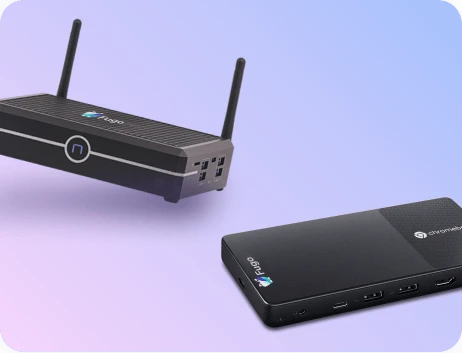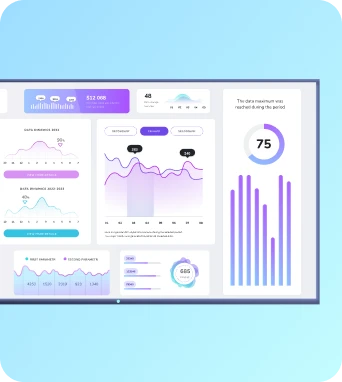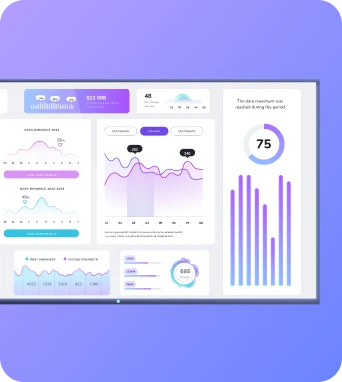Digital Signage Wiki/Crowd density analytics
2 min read
Apr 23, 2025
Crowd density analytics
Crowd density analytics refers to the use of technology and data analysis to measure and interpret the number of people in a given area, particularly in the context of digital signage, to optimize content delivery and enhance audience engagement.
What is Crowd density analytics?
Crowd density analytics is a sophisticated technology that leverages data to assess and interpret the concentration of people within a specific area. In the realm of digital signage, this technology plays a crucial role in optimizing the delivery of content by understanding audience size and behavior. By analyzing crowd density, businesses can tailor their messaging to improve engagement and effectiveness, ensuring that the right content reaches the right audience at the right time.
Understanding the Technology Behind Crowd Density Analytics
Crowd density analytics relies on a combination of sensors, cameras, and advanced algorithms to gather and process data about the number of people in a particular space. These systems use computer vision and machine learning techniques to accurately detect and count individuals, even in crowded environments. The data collected is then analyzed to provide insights into crowd patterns, peak times, and movement trends. This technology can differentiate between static and dynamic crowds, offering a nuanced understanding of how people interact with their surroundings. By integrating with digital signage systems, crowd density analytics can dynamically adjust content based on real-time audience data, ensuring that messaging is relevant and impactful.
Implementing Crowd Density Analytics in Digital Signage
The implementation of crowd density analytics in digital signage involves several practical applications that enhance the effectiveness of marketing strategies. By understanding crowd density, businesses can optimize the placement and timing of their digital content. For instance, during peak hours, digital signage can display promotional content to capture the attention of a larger audience, while during quieter periods, it can switch to more informative or brand-building messages. Additionally, crowd density analytics can help in managing foot traffic by directing people to less crowded areas, improving the overall customer experience. Retailers, event organizers, and public spaces can leverage this technology to make data-driven decisions, ultimately increasing engagement and conversion rates.
Conclusion on Crowd Density Analytics
Crowd density analytics is a powerful tool that transforms how businesses interact with their audiences through digital signage. By providing real-time insights into audience behavior, it allows for more targeted and effective communication. Learn more about Crowd density analytics – schedule a demo at https://calendly.com/fugo/fugo-digital-signage-software-demo or visit https://www.fugo.ai/.
Keep the learning going...
Cross-network content sharing
Cross-network content sharing refers to the ability to distribute and manage digital content across multiple, distinct networks or platforms, enhancing the reach and consistency of messaging in digital signage.
3 min read
Apr 23, 2025
Cross-platform content compatibility
Cross-platform content compatibility refers to the ability of digital content to be displayed and function consistently across various devices and operating systems.
3 min read
Apr 23, 2025
Crowd density heatmaps
Crowd density heatmaps are visual representations used in digital signage to display the concentration of people within a specific area, helping to optimize content delivery and enhance audience engagement.
3 min read
Apr 23, 2025



